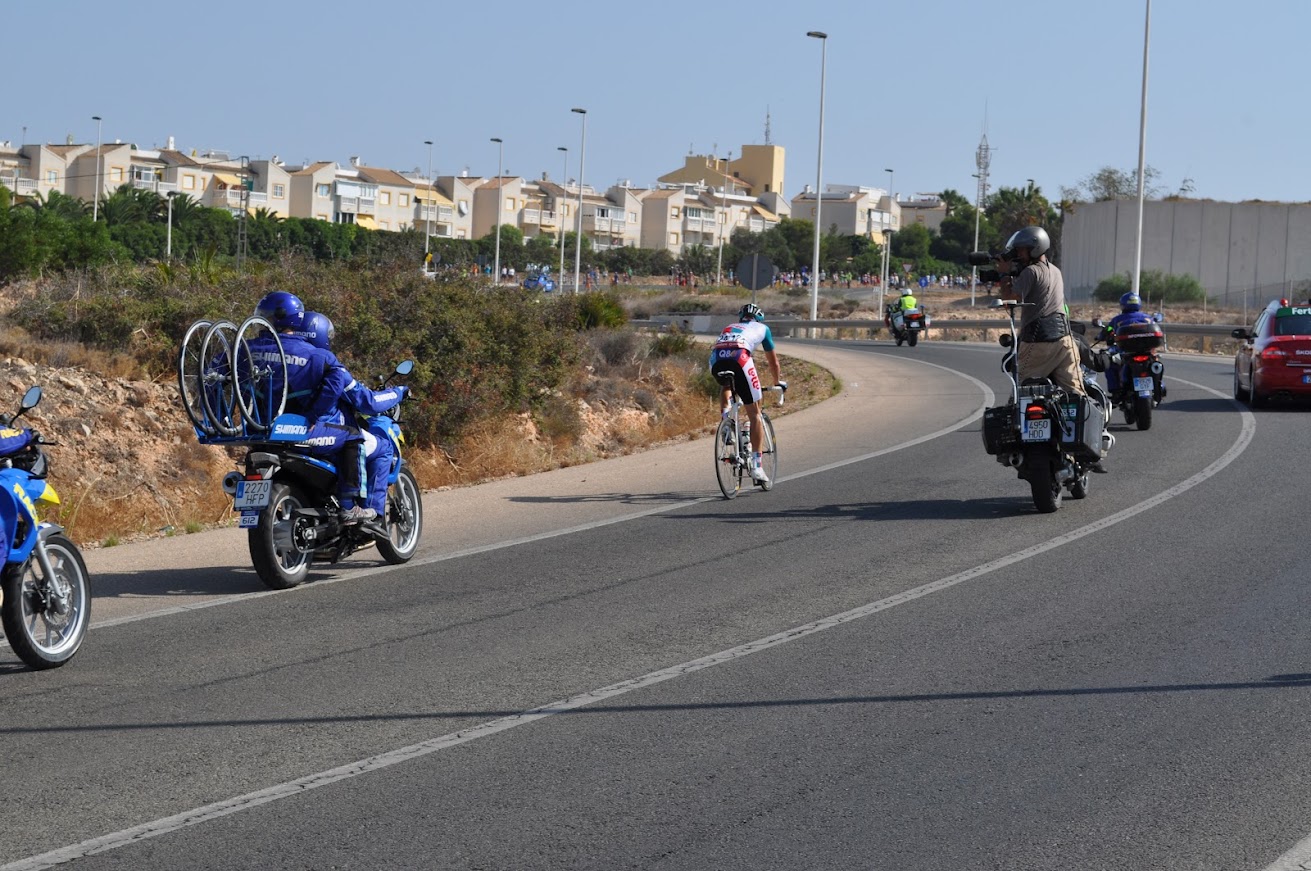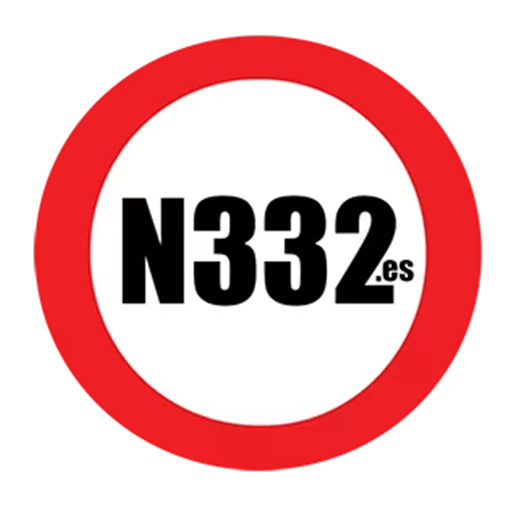While traffic lights govern junctions, coloured flags on Guardia Civil motorcycles serve a distinct and vital role in managing traffic flow on roads, particularly when unforeseen incidents or events occur. These signals are crucial for drivers to understand, ensuring safety and compliance on Spanish roads.
Contents
The Meaning Behind the Colours
Officers from the Guardia Civil’s Traffic Group (Agrupación de Tráfico), who are highly trained in road safety and often seen patrolling motorways and rural roads, utilise a system of coloured flags to convey immediate instructions to drivers. They supplement these visual signals with sirens, lights, and arm movements for maximum clarity.
Here’s what each flag means:
Red Flag: Stop – Road Closed
A red flag is the clearest and most imperative signal: it indicates that the road beyond the officer’s position is temporarily closed to traffic. You must stop immediately and not proceed. This closure could be due to a variety of serious reasons, such as:
- A traffic accident requiring emergency services to work unimpeded.
- A heavy vehicle breakdown or other obstruction that renders the road impassable.
- Adverse weather conditions (e.g., dense fog, heavy snow, or flooding) making continued travel unsafe.
- Other critical incidents that pose a direct danger to road users.
- An activity such as a cycle race which is closing the road to normal traffic.
If you encounter a red flag, you must wait patiently for the officer to indicate that the road is safe to proceed, which will be signified by a change to a yellow or green flag.

Yellow Flag: Caution – Hazard Ahead
A yellow flag means that extreme caution is required on the road ahead. When a Guardia Civil motorcycle is displaying a yellow flag, it signals to following vehicles that there is a hazard in the vicinity that could lead to a traffic accident.
A prime example of where you’ll frequently see Guardia Civil motorcycles with yellow flags is during cycling races like the Vuelta a España. The officers act as vital escorts, signalling to drivers that there are cyclists and support vehicles ahead, requiring reduced speed and heightened awareness.
If you see a yellow flag, you must slow down significantly, increase your attention to both the road and your surroundings, and be prepared to react to any unforeseen circumstances. Always obey any additional instructions the officer may give, whether through hand signals or sirens.
Green Flag: Road Clear – Resume Normal Driving
A green flag signifies the opposite of a red flag: the road is reopened to traffic, and you may continue driving normally. This signal is typically displayed after an incident has been resolved and the area is deemed safe for regular traffic flow.
If you see a traffic officer on their motorcycle displaying a green flag, you can relax, but always remember to obey all prevailing traffic signs and speed limits as you resume your journey.
Understanding the Importance
These flag signals, along with the officers’ lights, sirens, and arm movements, are a critical component of traffic management in Spain. They ensure that drivers are immediately aware of changing road conditions or specific hazards that might not be visible through standard road signs alone. Respecting these instructions is not just a legal obligation; it’s a fundamental aspect of maintaining safety for yourself and all other road users. Always be vigilant for these signals, especially when navigating unfamiliar routes or during large public events.
Discover more from N332.es - Driving In Spain
Subscribe to get the latest posts sent to your email.

You must be logged in to post a comment.